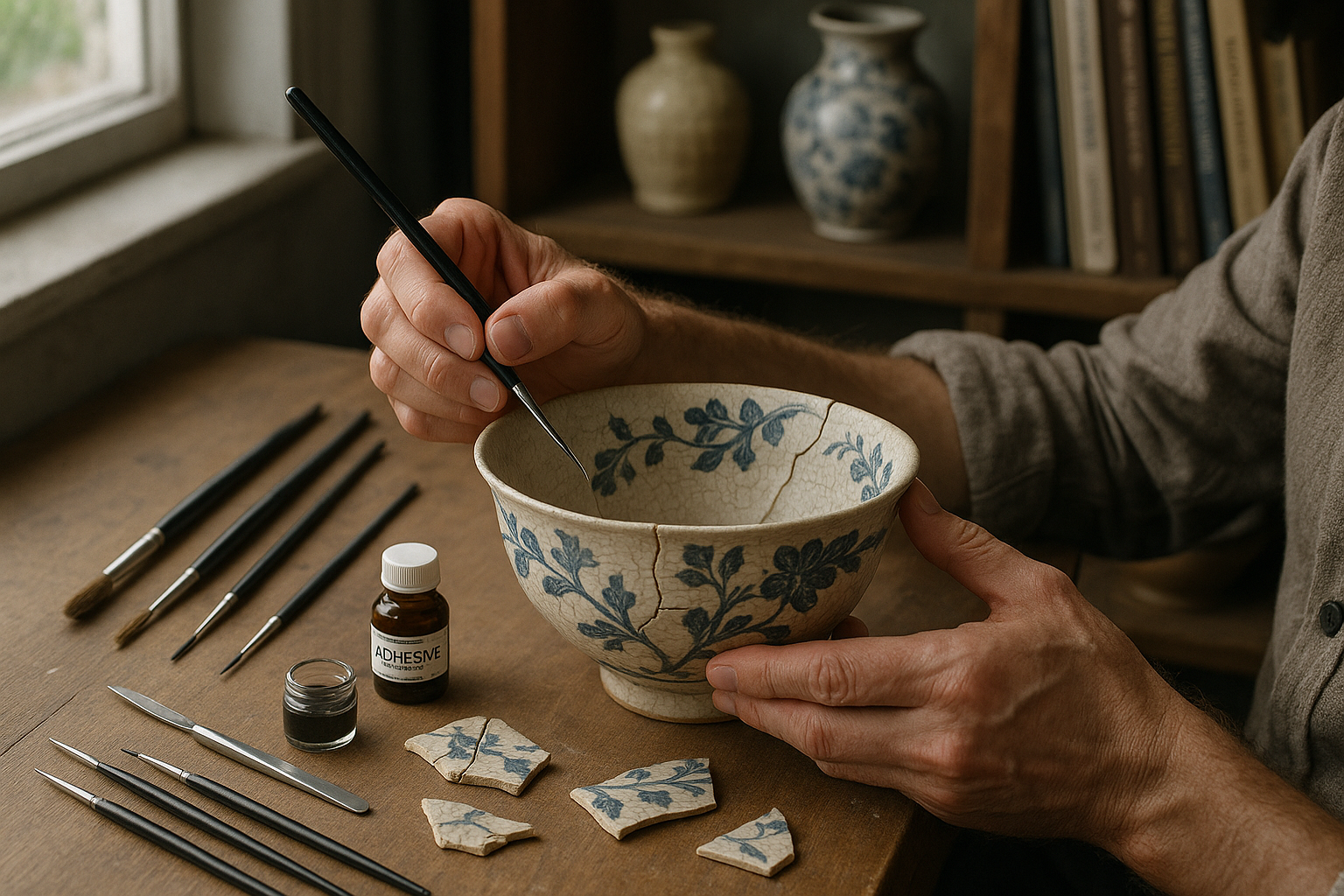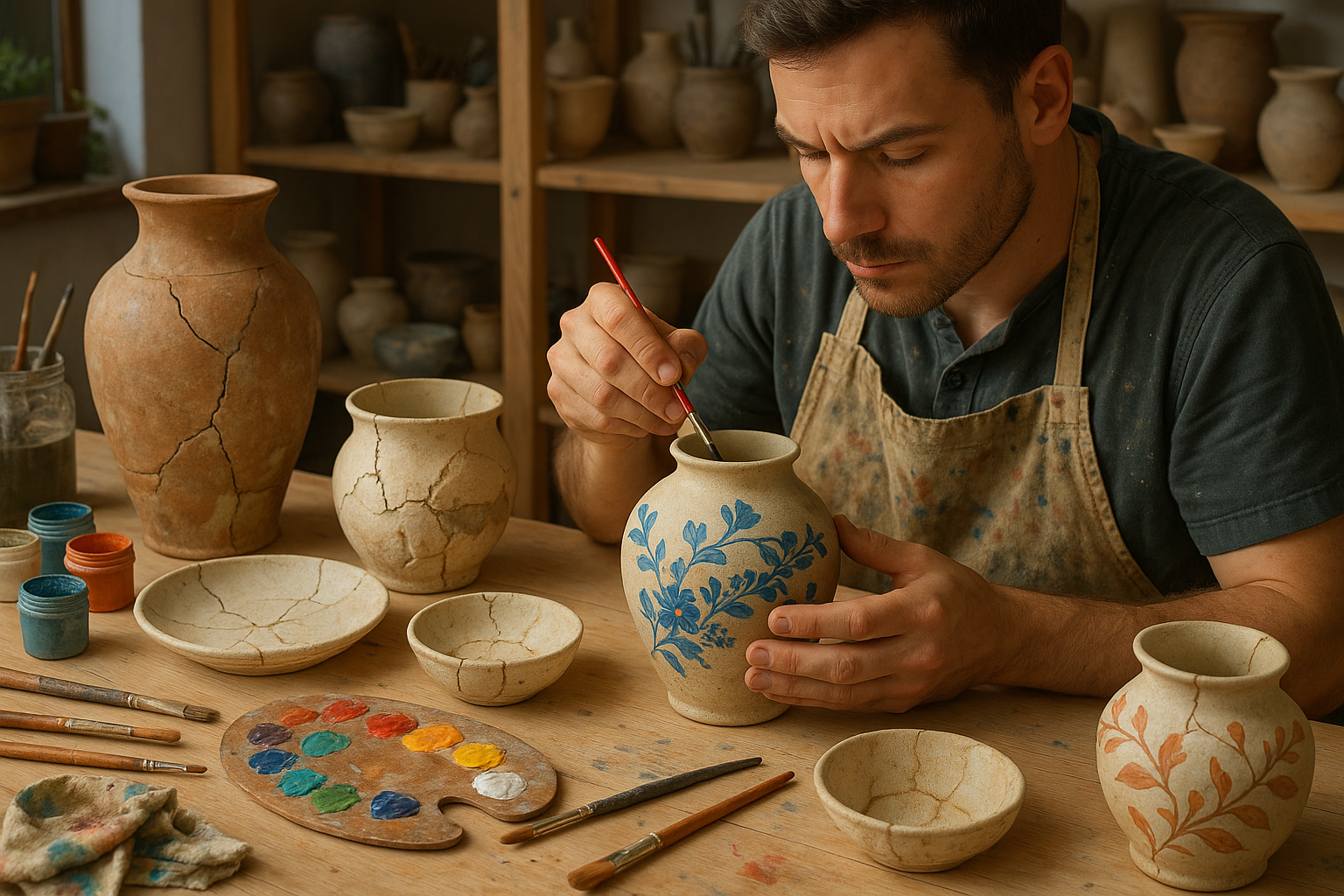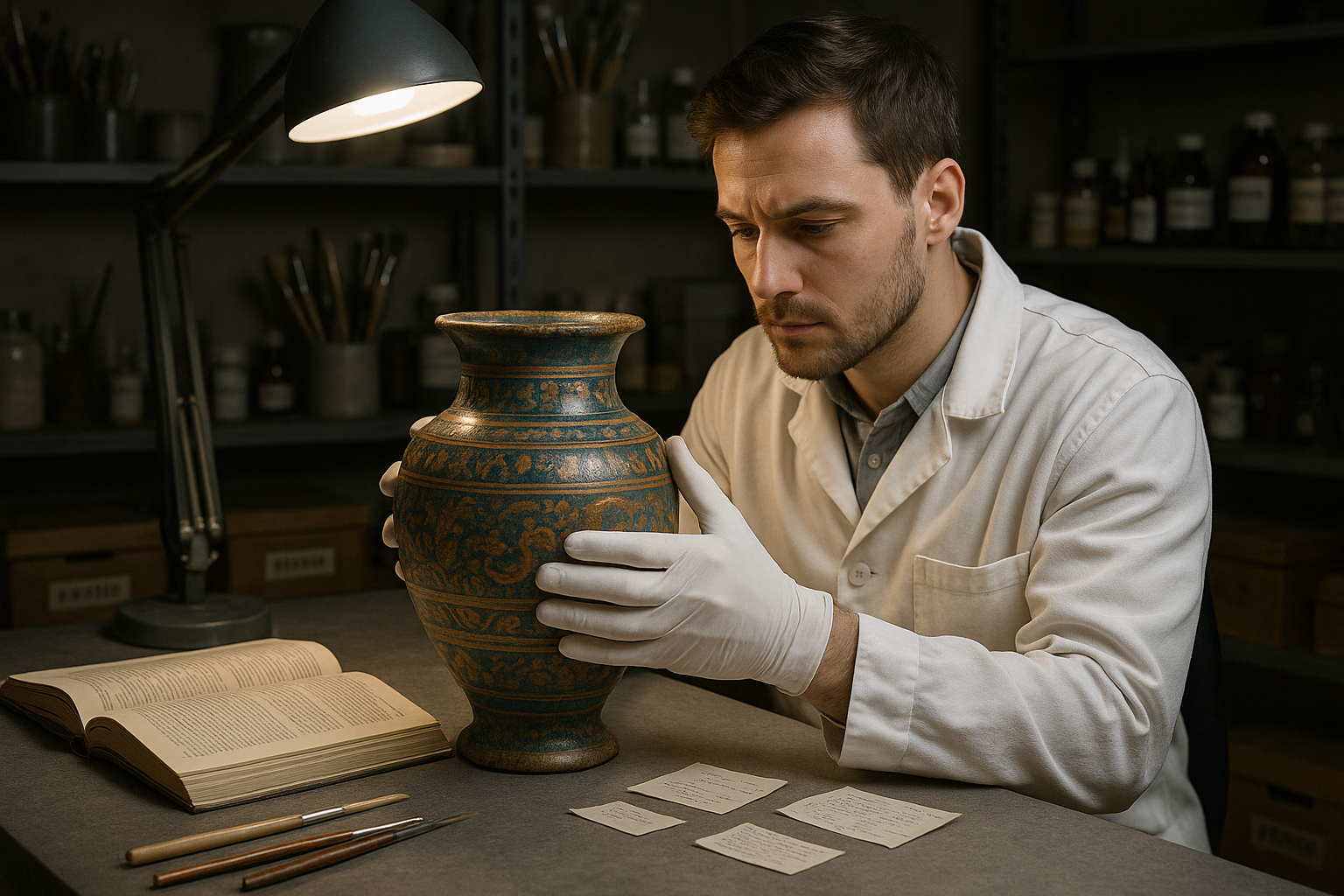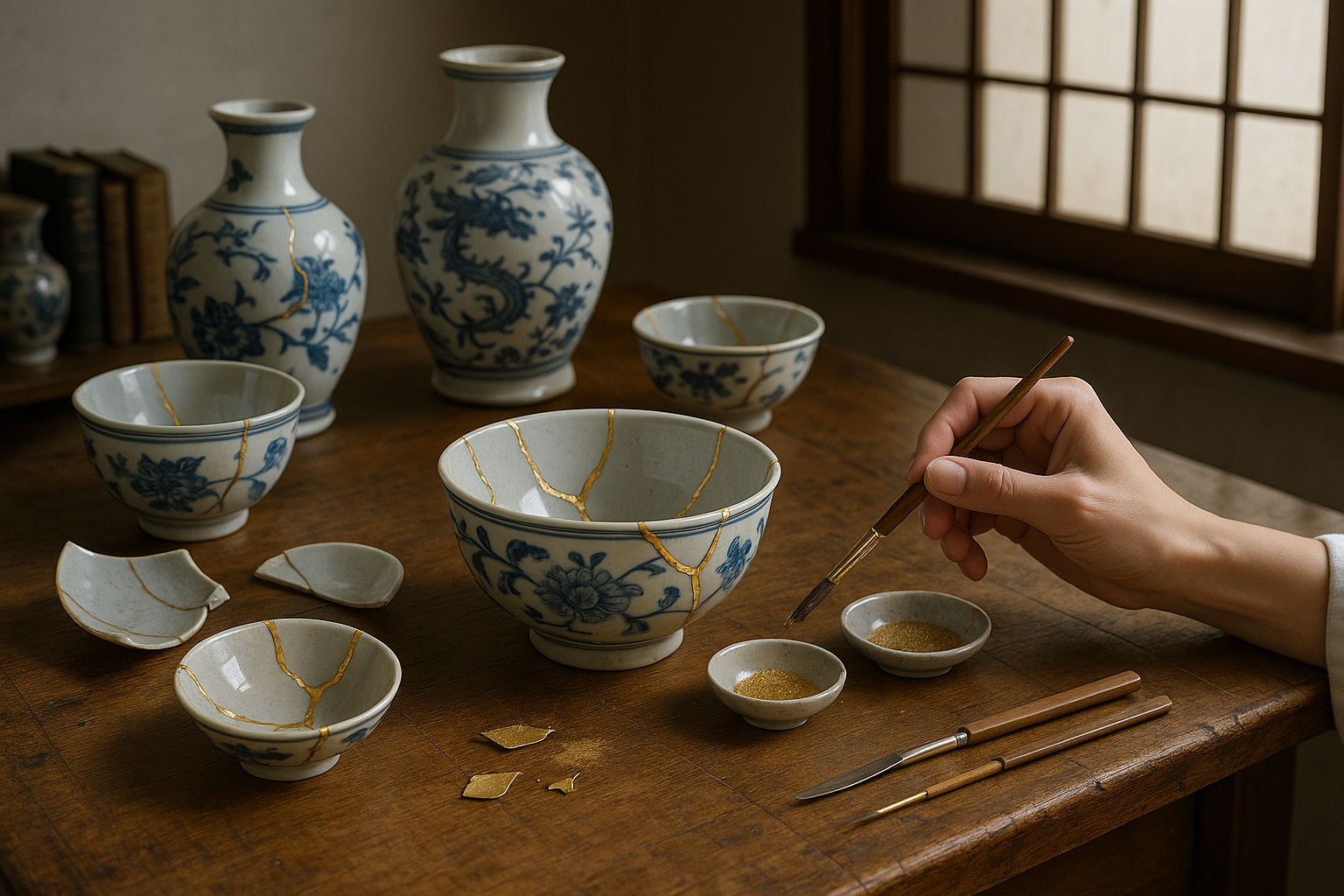In a world where technology advances at breakneck speed, there is something profoundly satisfying about slowing down and engaging with the timeless art of craftsmanship. As digital devices and power tools promise efficiency and precision, a growing community of artisans and hobbyists are rediscovering the unparalleled joy and meticulous accuracy that come with using traditional hand tools. These simple, yet sophisticated instruments have been the cornerstone of fine craftsmanship for centuries, enabling artisans to create works of art that stand the test of time. 🛠️
In this exploration, we delve into the fascinating world of traditional hand tools. Why, you might ask, should anyone revert to these age-old instruments when modern technology offers quicker solutions? The answer lies in the unmatched precision and the deep connection between the craftsman and their work that only hand tools can offer. When you carve wood or shape metal by hand, you become part of a lineage of creators who have honed their skills over millennia, mastering the art of the craft with patience and dedication.
But it’s not just about nostalgia or romanticism. Hand tools offer tangible benefits that can enhance your craftsmanship in ways you might not expect. For starters, the precision you can achieve with a finely tuned hand tool is often superior to that of a power tool. The tactile feedback you receive allows for adjustments and refinements that are simply not possible with machines. Moreover, using hand tools fosters a greater understanding of the materials you work with, leading to higher-quality results.
Throughout this comprehensive guide, we will explore the essential hand tools every craftsman should have in their workshop. From the versatile chisel to the elegant hand plane, each tool has a unique role and offers distinct advantages. We will delve into the nuances of selecting the right tool for your project, maintaining and sharpening your tools for optimal performance, and mastering techniques that will elevate your craftsmanship to new heights.
One might wonder if the investment in time and effort required to learn and master these tools is worth it. The answer is a resounding yes. The skills you develop in the process not only enrich your projects but also empower you with a deeper appreciation for the artistry involved. The patience and precision acquired while working with hand tools translate into other areas of life, encouraging mindfulness and attention to detail in all endeavors.
As we journey through this article, we will also examine the cultural and historical significance of hand tools. Each tool carries with it stories of innovation and tradition, reflecting the evolution of human ingenuity. By understanding the origins and development of these tools, we gain a greater appreciation for their current applications and the timeless nature of craftsmanship.
Moreover, we will touch upon the environmental advantages of using hand tools. In an era where sustainability is increasingly important, opting for manual tools reduces reliance on electricity and decreases your carbon footprint. This choice aligns with a more sustainable approach to craftsmanship, preserving natural resources while maintaining the integrity of your work.
To make the most of this guide, we encourage you to approach it with an open mind and a willingness to experiment. The beauty of traditional craftsmanship lies in its fluidity and adaptability. Each project presents an opportunity to learn, grow, and refine your skills, leading to a profound sense of accomplishment. 🔨
Finally, we will share inspiring stories from contemporary craftsmen who have embraced the art of hand tool work, finding fulfillment and success in their craft. Their journeys serve as a testament to the enduring appeal and relevance of traditional hand tools in today’s fast-paced world.
So, whether you’re a seasoned artisan or a curious beginner, this exploration promises to equip you with the knowledge and inspiration needed to master the art of craftsmanship using traditional hand tools. Let’s embark on this journey together, and uncover the secrets to achieving unmatched precision and artistry in your work.
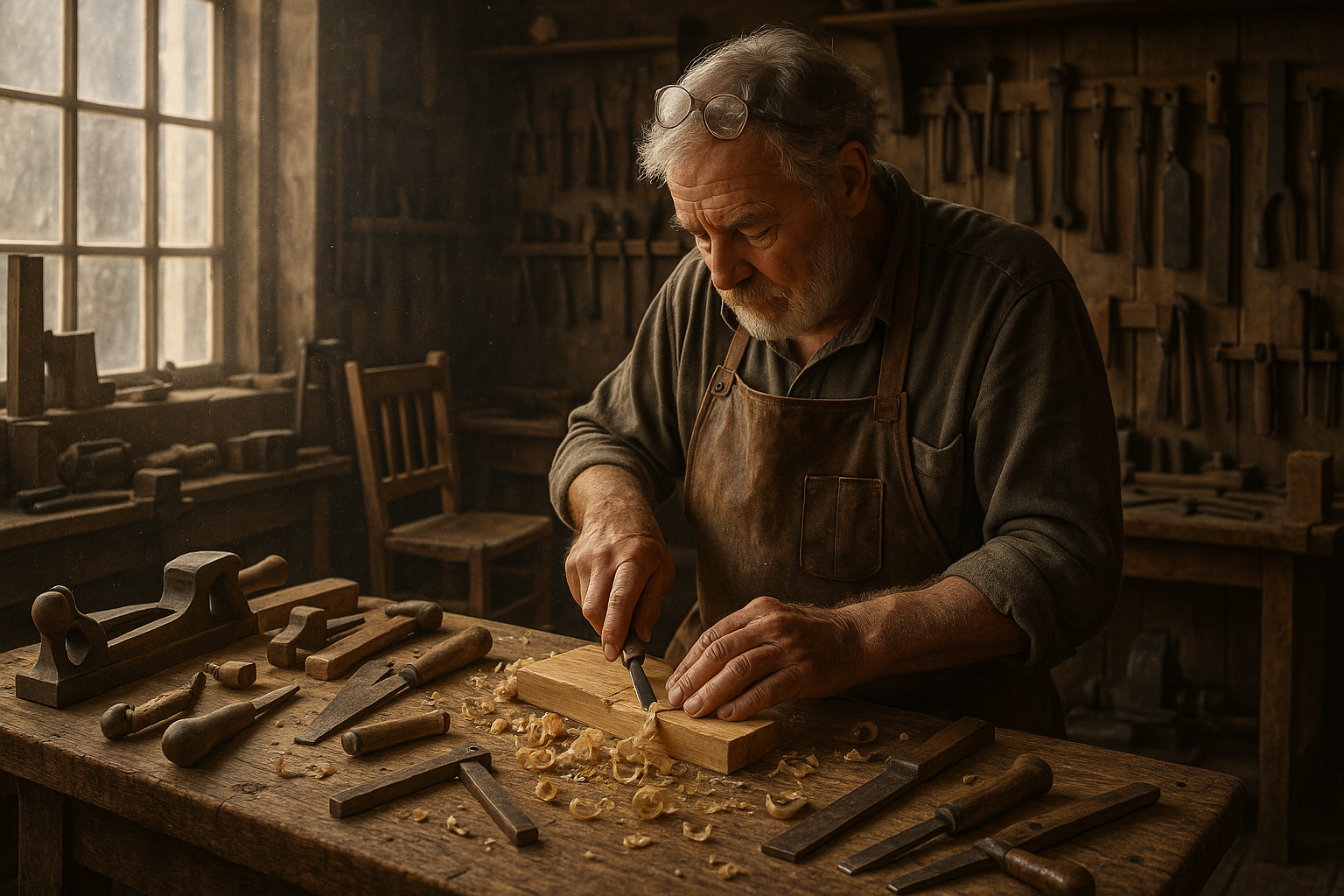
Conclusion: Mastering the Art of Traditional Hand Tools
In the journey through our exploration of traditional hand tools, we have traversed a landscape rich with history, skill, and unparalleled craftsmanship. From the precision of a finely honed chisel to the rhythmic dance of a hand plane across timber, these tools represent not just a method of work, but an art form that has stood the test of time.
Throughout the article, we delved into the historical significance of hand tools, tracing their evolution and understanding their role in shaping human civilization. We examined how these tools have been the backbone of construction and artistry, from ancient structures to modern masterpieces. The legacy of craftsmen who relied solely on their skill and these tools is a testament to human ingenuity and creativity.
We also explored the technical nuances of various hand tools, including chisels, planes, and saws, each with its unique application and technique. Understanding the anatomy of these tools, from blade angles to grip techniques, is crucial in mastering their use. This knowledge not only enhances the quality of the work produced but also provides a deeper connection to the craft itself.
The article highlighted the environmental benefits of using traditional hand tools. In an era where sustainability is paramount, these tools offer a greener alternative to power tools, reducing reliance on electricity and promoting a more sustainable form of craftsmanship. This shift not only benefits the environment but also fosters a deeper appreciation for the materials and processes involved.
We discussed the psychological and emotional rewards of working with hand tools. The meditative nature of manual work provides a sense of fulfillment and satisfaction that is often lost in the fast-paced world of modern technology. This connection to the craft encourages mindfulness and enhances mental well-being, offering a therapeutic escape from the digital noise.
In conclusion, the mastery of traditional hand tools is more than a skill—it’s an art that combines precision, patience, and passion. Whether you’re a seasoned craftsman or a curious novice, embracing these tools can transform your approach to craftsmanship and offer a deeper connection to the work you create. As we continue to navigate a rapidly evolving technological landscape, the timeless nature of these tools reminds us of the beauty and value of simplicity and tradition. 🌟
We invite you to share your experiences and insights in the comments below. How have traditional hand tools impacted your craft? What lessons have you learned through their use? By sharing, you contribute to a community of like-minded individuals dedicated to preserving and advancing the art of craftsmanship.
If you found this article insightful, please consider sharing it with others who may benefit from its content. The more we spread awareness of the value of traditional hand tools, the more we can inspire a new generation of craftsmen to appreciate and utilize these timeless instruments.
For further exploration, consider visiting resources like Woodcraft and Popular Woodworking for additional tips and community engagement. These platforms offer a wealth of information for both beginners and experienced artisans alike.
As we close this chapter, remember that every cut, shave, and joint is an opportunity to create something extraordinary. Embrace the journey, enjoy the process, and above all, keep crafting with passion and precision. ✨
This conclusion encapsulates the essence of your article while encouraging engagement and offering readers a path to further explore the world of traditional hand tools.
Toni Santos is a restoration artist and historical design specialist devoted to reviving the beauty and soul of the past. Through meticulous craftsmanship and a deep respect for heritage, Toni brings antiques back to life—preserving not just objects, but the stories they carry through time. With hands trained in traditional restoration techniques and an eye for age-worn elegance, Toni restores furniture, artworks, artifacts, and heirlooms with precision and reverence. His work reflects a belief that restoration is not correction—it’s conversation between the old and the present. Blending artistry, conservation ethics, and historical research, Toni approaches every piece as a narrative in wood, metal, leather, or fabric—each with scars that speak of eras gone by. Whether repairing a hand-carved chair or reviving a forgotten painting’s vibrance, he respects the integrity of original craftsmanship while honoring its continued life. As the creative force behind Vizovex, Toni shares before-and-after showcases, restoration walkthroughs, and visual essays exploring the techniques and philosophies behind authentic antique revival. His platform celebrates: The timeless value of handcrafted work The quiet artistry of repair and preservation The cultural memory embedded in material objects The delicate balance between age and renewal For collectors, curators, artisans, and lovers of legacy, Toni’s world is an invitation to see restoration not as fixing what’s broken—but as restoring what still lives beneath the dust of time.

